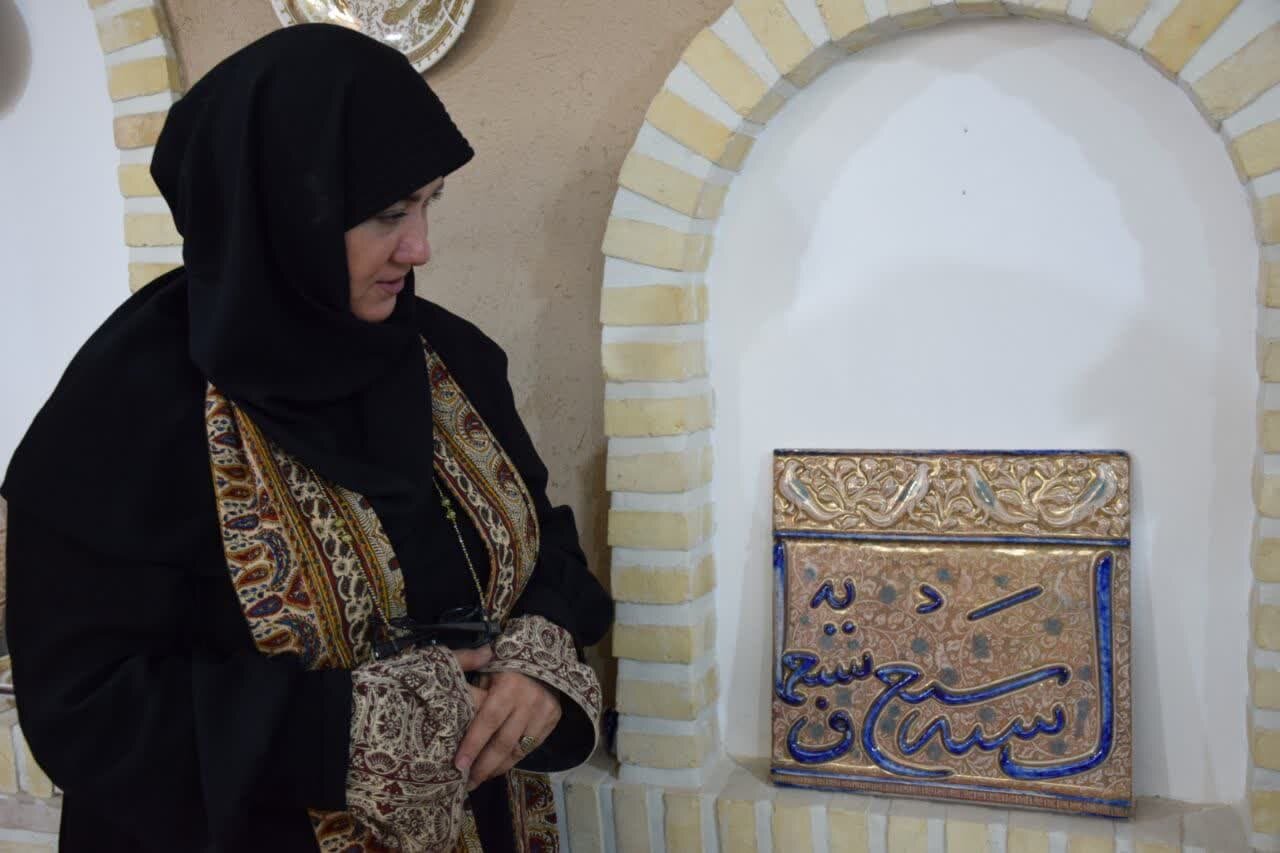Forgotten lusterware revived by Natanz potters

TEHRAN — Reproduction of Persian lusterware ceramics, also known as Zarrin-fam potteries, has been commenced after centuries of neglect by a number of potters in Natanz, central Iran.
The revival of the Zarrin-fam glazing technique is the result of the professional experiences of a select group of artists and craftspeople who, over the course of many years, rebuilt the production process by experimenting with various materials, a local official said on Wednesday.
During the Ilkhanid era, some 700 years ago, the monopoly of making Zarrin-fam glaze in Iran was in the hands of artists from cities such as Kashan, Ray, Jorjan (Gorgan), Saveh, and Natanz, the official explained.
Maryam Jalali Dehkordi, the deputy minister for handicrafts, and a host of local officials and art advocates attended the opening ceremony of a workshop dedicated to produce Zarrin-fam potteries, CHTN reported.
“Iran is proud of having such talented craftspeople and we in the Ministry of Cultural Heritage, Tourism and Handicrafts pledge our support for such an achievement,” Jalali Dehkordi said.
Persian lusterware ceramics bear a striking luster that resembles gold. Narratives say, the pinnacle of Persian lusterware ceramics can be traced to the second half of the twelfth century CE when Persian poems and epigraphy played an important role in inspiring potters of the time who decorated their works with poems and inscriptions alongside other decorative pictures.
They say the design of Zarrin-fam pottery, which is largely ignored in archeological studies, is heavily influenced by poems and inscriptions, which have a close relationship with the artist’s personal taste, sense, and the culture and literature of the time.
Safavid art can be recognized from the splendor of architectural works and decorative arts and paintings. Zarrin-fam dishes of this era are part of the latest masterpieces of Zarrin-fam of Iran, which were manifested in different fields in illustration.
AFM
Leave a Comment